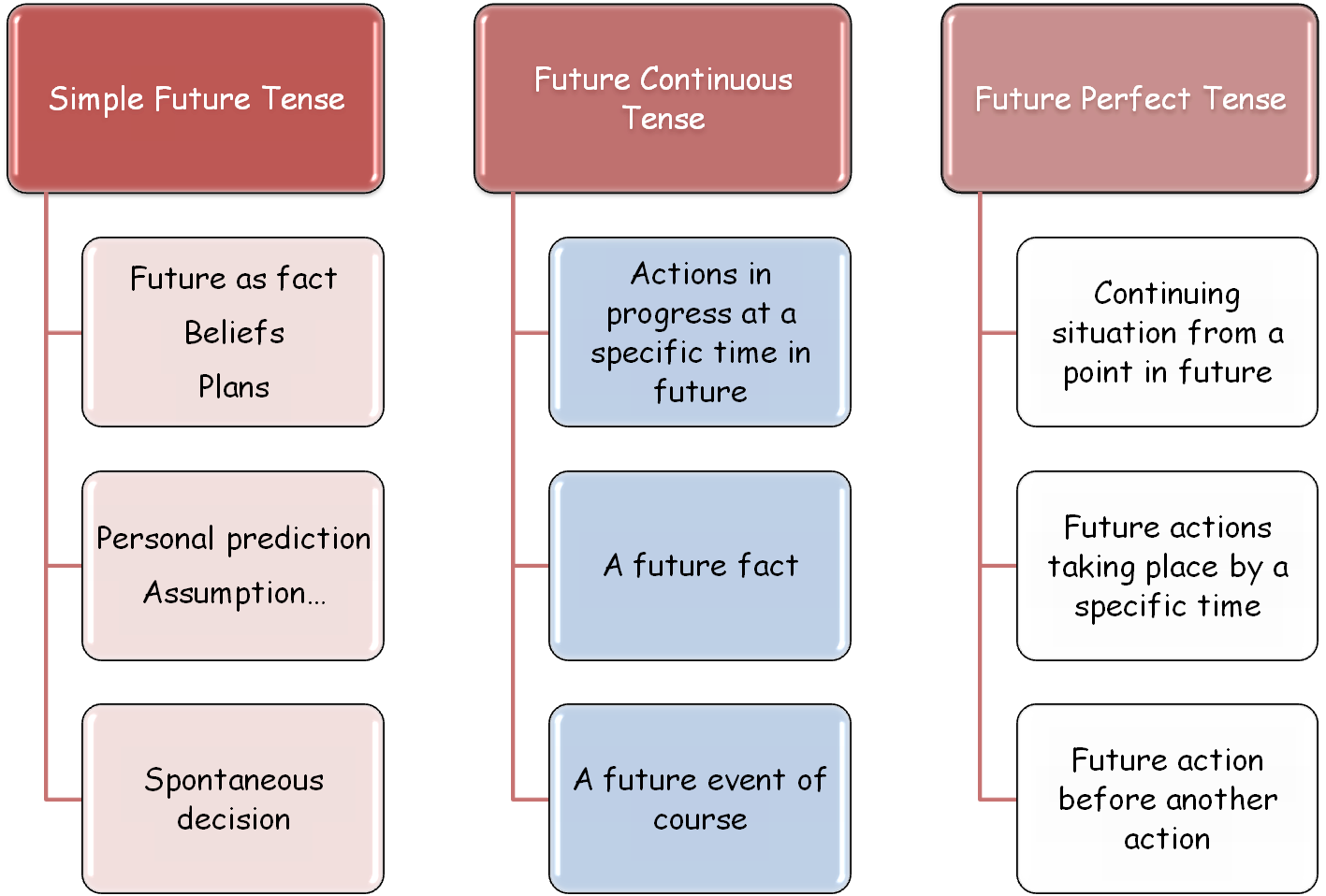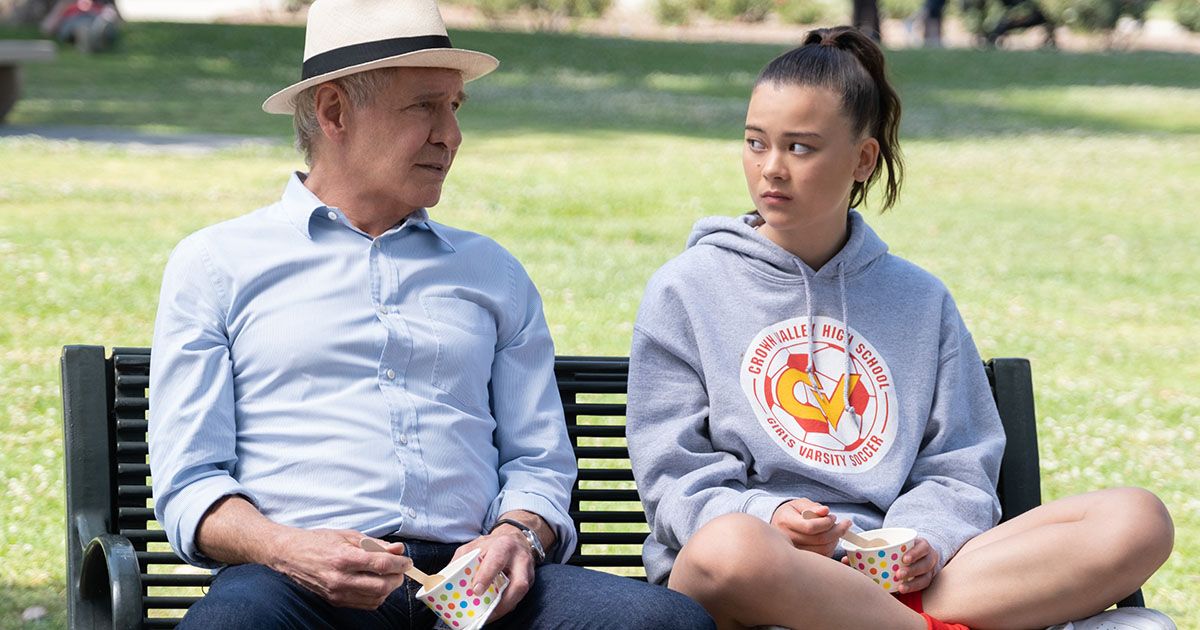In the ever-evolving landscape of television and film, one trend is making waves: the shrinking cast. As creators and producers look for new ways to tell compelling stories, they’re increasingly turning to minimalist ensembles. This shift has significant implications for both the creative process and audience engagement. In this article, we’ll explore what a shrinking cast means, its challenges, advantages, and how it’s shaping the future of storytelling.
The Rise of Minimalist Storytelling
Why Are Filmmakers Choosing Smaller Casts?
The trend of shrinking casts in film and television is driven by several factors. Budget constraints are a primary reason, as fewer actors mean lower fees, costumes, and logistical considerations. Additionally, some filmmakers are drawn to the intimacy and focus that a minimalist cast allows, enabling them to delve deeper into character development and create a more tightly woven story.
The Impact on Audience Engagement
One of the biggest hurdles for shrinking the cast is developing compelling characters with enough depth to carry the narrative. With fewer actors on screen, each must shoulder a heavier burden. The script needs to be meticulously crafted, ensuring every line and action serves a purpose, revealing the character’s inner world and propelling the plot forward.
Challenges of a Small Ensemble
Developing Compelling Characters
Creating characters that can sustain a story with minimal support is no small task. Filmmakers must ensure that each character has enough depth and complexity to keep the audience engaged. This requires careful writing and strong performances from the actors involved.
Maintaining Audience Interest
Large casts often provide a variety of personalities and perspectives, keeping the story dynamic. In a minimalist setting, filmmakers must rely heavily on dialogue, visual storytelling, and nuanced performances to sustain interest. This can be challenging, but when done well, it can lead to powerful emotional connections between the audience and the characters.
Building Tension
With fewer characters, the potential sources of conflict and surprise are limited. Writers need to find creative ways to create suspense and tension without relying on a surplus of characters or external threats. This requires innovative storytelling techniques and a deep understanding of the characters’ motivations and relationships.
Advantages of Minimalist Acting

Intimate Character Exploration
A shrinking cast allows for a more intimate exploration of the characters. With fewer actors vying for screen time, there’s more space to delve into their motivations, complexities, and inner struggles. This depth can lead to powerful emotional connections between the audience and the characters.
Cost-Effectiveness
Minimalist casts can be incredibly cost-effective. Large ensembles require more fees, costumes, and logistical considerations. This leaner approach allows filmmakers with smaller budgets to create compelling stories without sacrificing artistic vision.
Streamlined Narrative
A smaller cast can result in a more focused and streamlined narrative. The story doesn’t get bogged down by introducing and developing numerous characters. With a clear focus, filmmakers can create a more tightly woven story with a compelling central conflict.
Examples of Films with Minimal Casts
“Buried” (2010)
“Buried” is a psychological thriller almost entirely set in a coffin, featuring Ryan Reynolds as the sole actor on screen for the majority of the film. The film’s success hinges on Reynolds’ ability to convey the protagonist’s panic and desperation through his monologue and reactions.
“Locke” (2013)

“Locke” takes a similar approach. Tom Hardy delivers a captivating performance as a construction worker on a phone call throughout the entire film. Here, the minimalist cast allows the audience to experience the story solely through the character’s perspective, creating a powerful sense of intimacy.
“Phone Booth” (2002)
While some minimalist films excel, others struggle to maintain audience engagement. “Phone Booth” features Colin Farrell as a publicist trapped in a phone booth, receiving harassing calls. Though showcasing Farrell’s acting skills, the limited setting and repetitive nature of the plot can leave viewers feeling bored.
The Future of Minimalist Acting
Technological Advancements
Technological advancements in visual effects and set design can also compensate for the lack of a large cast, creating immersive environments that enhance the story. This opens up new possibilities for filmmakers to tell compelling stories with minimal resources.
Strong Scripts and Performances
The success of such films relies heavily on strong scripts and captivating performances. Minimalist acting demands exceptional talent from the cast, as they carry the entire weight of the narrative on their shoulders.
Continued Trend
The trend of shrinking casts is likely to continue. Budget constraints and the desire for focused narratives will draw filmmakers towards this approach. Technological advancements can also play a role, creating immersive environments despite a small cast.
FAQs About Shrinking Casts

Why Are Filmmakers Using Smaller Casts?
There are several reasons for this trend. Budgetary constraints can play a role, as fewer actors mean lower fees, costumes, and logistical considerations. Additionally, some filmmakers are drawn to the intimacy and focus a minimalist cast allows, enabling them to delve deeper into character development and create a more tightly woven story.
What Are the Biggest Challenges of a Shrinking Cast?
Developing compelling characters with enough depth to carry the film is a major hurdle. The script needs to be meticulously crafted, ensuring every line and action serves a purpose and propels the plot forward. Maintaining audience engagement also requires extra effort, as the variety of personalities and perspectives found in larger casts are often absent. Building tension can also be trickier, as potential sources of conflict and surprise are limited.
What Are the Advantages of a Shrinking Cast?
There are distinct advantages to this approach. Minimalist casts allow for deeper character exploration, providing space to delve into motivations, complexities, and inner struggles. This can lead to stronger emotional connections between viewers and characters. Furthermore, the smaller cast can be more cost-effective, and the narrative can be streamlined and focused, avoiding the potential for a convoluted plot.
Are There Any Examples of Successful Shrinking Cast Films?
Several films have demonstrated the power of this approach. “Buried” (2010) features Ryan Reynolds as the only actor on screen for most of the film, conveying the protagonist’s panic entirely through monologues and reactions. “Locke” (2013) uses a similar approach, with Tom Hardy delivering a captivating performance as a construction worker on a phone call throughout the entire film.
Are There Any Examples of Shrinking Cast Films That Fell Short?
While some minimalist films excel, others struggle to maintain audience engagement. “Phone Booth” (2002) features Colin Farrell trapped in a phone booth, receiving harassing calls. Though showcasing Farrell’s acting skills, the limited setting and repetitive nature of the plot can leave viewers feeling bored.
How Does the Shrinking Cast Affect Acting?
Minimalist acting demands exceptional talent. Actors carry the entire weight of the narrative on their shoulders, requiring them to deliver nuanced performances, convey emotions effectively, and captivate the audience.
Does the Shrinking Cast Trend Rely on Visual Effects?
Not necessarily. Films like “Buried” and “Locke” primarily focus on the actors and their environment. However, some minimalist films leverage visual effects and set design to create immersive environments that enhance the story.
Is the Shrinking Cast Trend Here to Stay?
The trend is likely to continue. Budget constraints and the desire for focused narratives will draw filmmakers towards this approach. Technological advancements can also play a role, creating immersive environments despite a small cast.
Conclusion
The shrinking cast in film and television presents both challenges and advantages. While developing compelling characters and maintaining audience interest require careful planning and execution, a well-crafted minimalist film can deliver profound emotional impact and a tightly focused narrative. As filmmakers continue to explore the possibilities of this approach, audiences can expect to see a range of powerful and thought-provoking stories emerge.
Stay updated with the latest news and insights on the evolving trends in the entertainment industry.
Author: [Nama Lengkap]
Title/Role: [Jabatan atau keahlian]
Credentials: [Ringkasan kualifikasi atau pengalaman terkait]
Profile Link: [Link profil, opsional]
Sources:
1. US Trending News
2. Apple TV+
3. IMDb
Internal Links:
1. Understanding the Shrinking Cast
2. Latest TV Shows
3. Film Industry Trends
Schema Markup:
{
"@context": "https://schema.org",
"@type": "Article",
"headline": "Understanding the Shrinking Cast: What It Means for TV Shows and Film Projects",
"description": "Explore the challenges and advantages of shrinking casts in film and television, and how this trend is shaping the future of storytelling.",
"author": {
"@type": "Person",
"name": "[Nama Lengkap]"
},
"datePublished": "2025-04-05"
}
Featured Snippet:
The shrinking cast in film and television is a growing trend driven by budget constraints and the desire for focused narratives. While it presents challenges in character development and audience engagement, it also offers advantages such as deeper character exploration and cost-effectiveness. Filmmakers must balance these elements to create compelling stories that resonate with viewers.
Call to Action:
Stay updated with the latest news and insights on the evolving trends in the entertainment industry. Explore today’s headlines and discover the future of storytelling.











More Stories
US Trending News: What Is Second Harvest? A Complete Guide to Food Rescue and Donation
US Trending News: What Is Second Harvest Food Bank and How Does It Help Communities?
US Trending News: Top 10 Senior Citizen Old Woman Hairstyles for Women Over 70